Green crabs
The European green crab (Carcinus maenas) is one of the most successful and damaging invasive species in the world. Its recent arrival along Washington's inland shorelines poses a threat to critically important estuarine ecosystems, including native species and shellfish resources, as well as critical wildlife habitat.
Source: Washington Sea Grant
OVERVIEW
Story map: European green crab in Puget Sound
A broad collaboration of volunteers, agencies, and tribes are working together to keep invasive European green crabs at bay in Washington state. This story map was produced by the Encyclopedia of Puget Sound and the Puget Sound Institute in collaboration with the Washington Sea Grant Crab Team.
RELATED ARTICLES
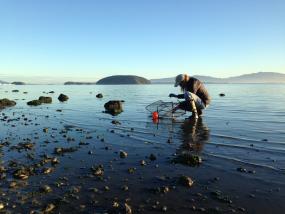
Search for invasive green crab continues during pandemic
The state's stay-at-home order has halted much of the field research that would normally be underway in Puget Sound this spring, but a small group of scientists and volunteers have been able to continue their search for an invading marauder along the shoreline. Their work has been classified as critical by the state.
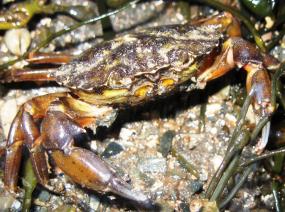
Where did the Puget Sound green crabs come from? We’re still not sure
Genetic testing shows that invasive European green crabs in Puget Sound likely did not come from the Sooke Basin in British Columbia as previously thought. New findings on the crab's origins were presented at the 2018 Salish Sea Ecosystem Conference in Seattle.
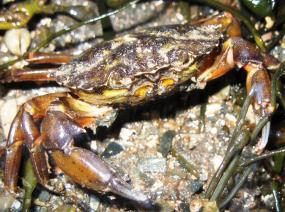
Second invasive green crab found in Puget Sound
Another European green crab has been spotted in Puget Sound prompting concern that the species may gain a foothold in the region.

Invasive stowaways threaten Puget Sound ecosystem
Gaps in regulations could allow invasive species to hitch a ride on ships and boats. We report on some of the potential impacts, and how state and federal agencies are trying to solve the problem.
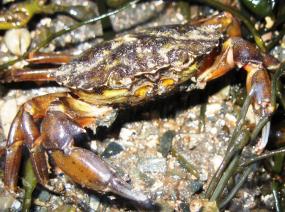
Green crabs could impair Puget Sound shellfish operations
Concerns over the potential arrival of the European green crab have inspired a small army of volunteers. A search is underway for early signs of an invasion.
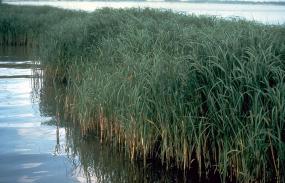
Invasive marine species: Washington state priorities
The Washington Invasive Species Council evaluated more than 700 invasive species in and around Washington, considering their threats to the state’s environment, economy, and human health. They included terrestrial plants and animals, aquatic plants and animals (both freshwater and saltwater), insects and diseases. In the end, the council listed 50 “priority species” for action, including five marine animals and two marine plants, along with one virus that infects fish.

